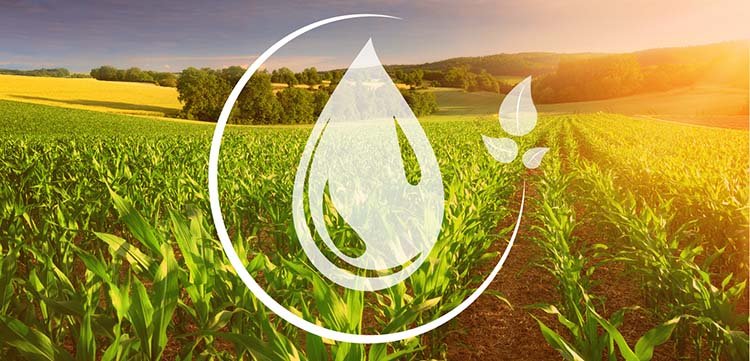Hydraulic systems for more sustainable agriculture
Reducing energy consumption, waste and water losses in agricultural installations is a highly topical issue, a challenge we cannot and must not shy away from.
- Agriculture requires high water consumption: the water stress we are experiencing requires alternative solutions
- The irrigation system must be efficient: low consumption and stop wasting water!
- Water reuse must be encouraged for increasingly sustainable agriculture.
Irrigation and water saving in agriculture: an urgent challenge.
The drought emergency linked to climate change urgently requires new solutions in line with a sustainable use of water resources. Optimising water consumption, especially in agriculture, is now a necessity. Just think that 70 per cent of the world's water consumption is for the agricultural sector.
The trend towards which agriculture is increasingly moving is the use of water-saving irrigation technologies, which can also optimise the energy cost represented by pumping systems. According to data released by the Agricultural Consortium of Italy, with the application of new technologies to agriculture water consumption savings of 10% for maize and 15% for fruit trees can be achieved.
Technology as an ally of agriculture for a more sustainable water future.
According to estimates by Coldiretti (Italian agricoltural association), in Italy in 2022 the damage caused by drought in the agricultural sector will amount to a total of 6 billion euros, about 10% of the current production value of the entire agri-food chain. Irrigation makes up for the lack of water in the development and production phases of the crop. Choosing the right irrigation system is crucial both to ensure that crops receive the right amount of water and to avoid waste.So which irrigation systems is right? Which is most efficient ones?
Of course, the choice of irrigation system - sprinkler, drip, sub-irrigation - must take into account several factors, such as soil characteristics or type of cultivation. In general, irrigation systems that distribute water in a localised manner, i.e. close to or directly into the soil, are more efficient than sprinkler systems. Losses due to direct evaporation are in fact very low and the water reaches the plant directly. Whatever the type of irrigation, it is necessary to be able to count on a plumbing system that can support new technological achievements, encourage water reuse and combat inefficiency and waste.
How to guarantee efficiency, safety and durability of the irrigation system?
Let's start with the pumping system. In this case it is essential to use quality electric pumps, possibly with the hydraulic components made of resistant materials such as steel. Of primary importance is also the motor, which must be highly efficient, to ensure not only a reduced environmental impact but also a reduction in energy costs. For an energy-efficient system, variable speed pumps should be used. The pumps, whether submersible pumps or surface pumps, must be correctly sized according to the flow rate and pressure required by the system. For optimal management of the electric pump, a pressure switch can be used, while for the shut-off valves and check or non return valves used in the irrigation system, it is a good idea to choose durable steel products with low pressure drops.Filter systems should also be chosen with care, as they are important for the longevity of the system and optimal operation, especially in drip micro-irrigation systems.
The importance of water reuse for agriculture.
Properly treated wastewater can be a viable alternative for agriculture's water demand. Currently, experiments are being carried out with pushed treatments for wastewater reuse, treatments that become even more important in times of drought. According to a survey conducted by Utilitalia, the reuse of purified wastewater in agriculture represents a potential of 9 billion cubic metres per year.The recovery of rainwater for irrigation purposes is also an environmentally sustainable solution that should be encouraged. Recovering rainwater requires a relatively simple system, which we can also think of for home gardens.
Here are the main elements:
- a storage tank, underground or above ground;
- an electric pump to pump the water back up;
- a filtration system to protect the pumping system;
- a control unit consisting of an electrical panel.
A simple and easy-to-install system that allows you to play your part in protecting the environment!

























